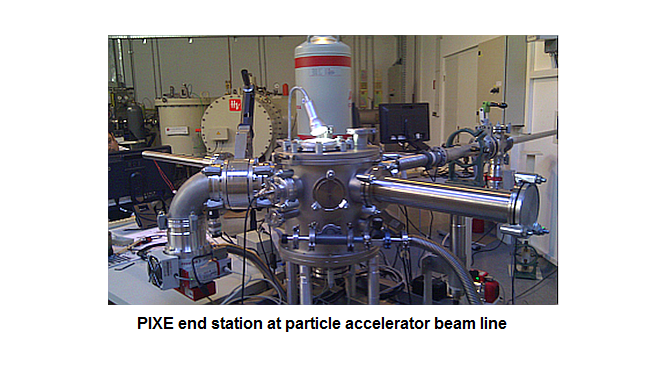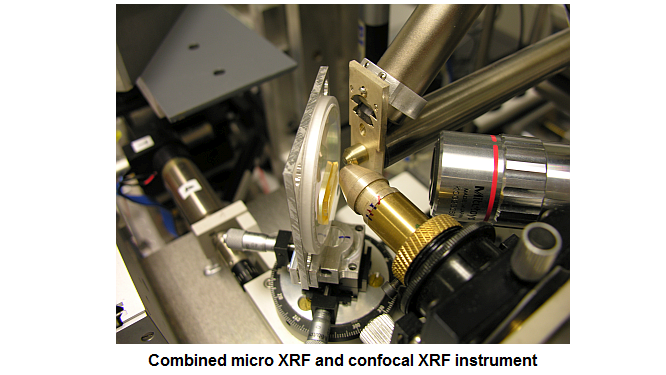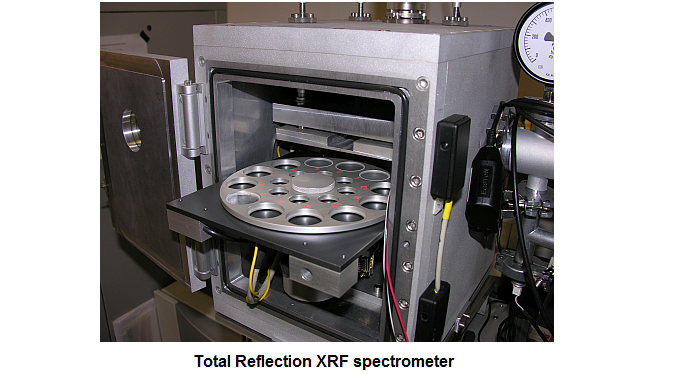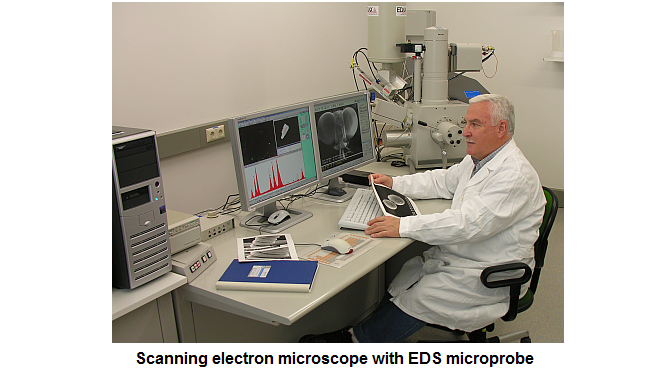5. XRS emission techniques and methodologies
William Lawrence Bragg and William Henry Bragg (1915 Nobel Prize Winners) were the original pioneers in developing X-ray emission spectroscopy (XRS). They measured the X-ray wavelengths of many elements using high-energy electrons as excitation source, and produced numerous diamond-ruled glass diffraction gratings for separating the x-rays by their wavelength. XRS served to identify the presence of chemical elements which were difficult to separate or very scarce in abundance (such as Rare Earth Elements) by measuring their characteristic emission at predicted wavelengths.
X-ray emission techniques are an outstanding tool for qualitative analysis, allowing identifying the presence of a number of chemical elements in a fast and unequivocal way. If proper corrections are made to compensate for differences in the attenuation of x-rays in the sample, the techniques are useful for quantitative analysis as well.
The development of instrumentation, including excitation sources, detectors, signal processing units and x-ray optic devices has led to a large variety of spectrometers that are available nowadays for elemental analysis.
If the excitation radiation can be focused as to probe a small sub volume of the sample, the spatial distribution of the elements can be revealed. When parallel and well collimated monochromatic beams are used for excitation (such as synchrotron radiation beams) the arrangement and dimensions of multi-layered structures can be investigated.





